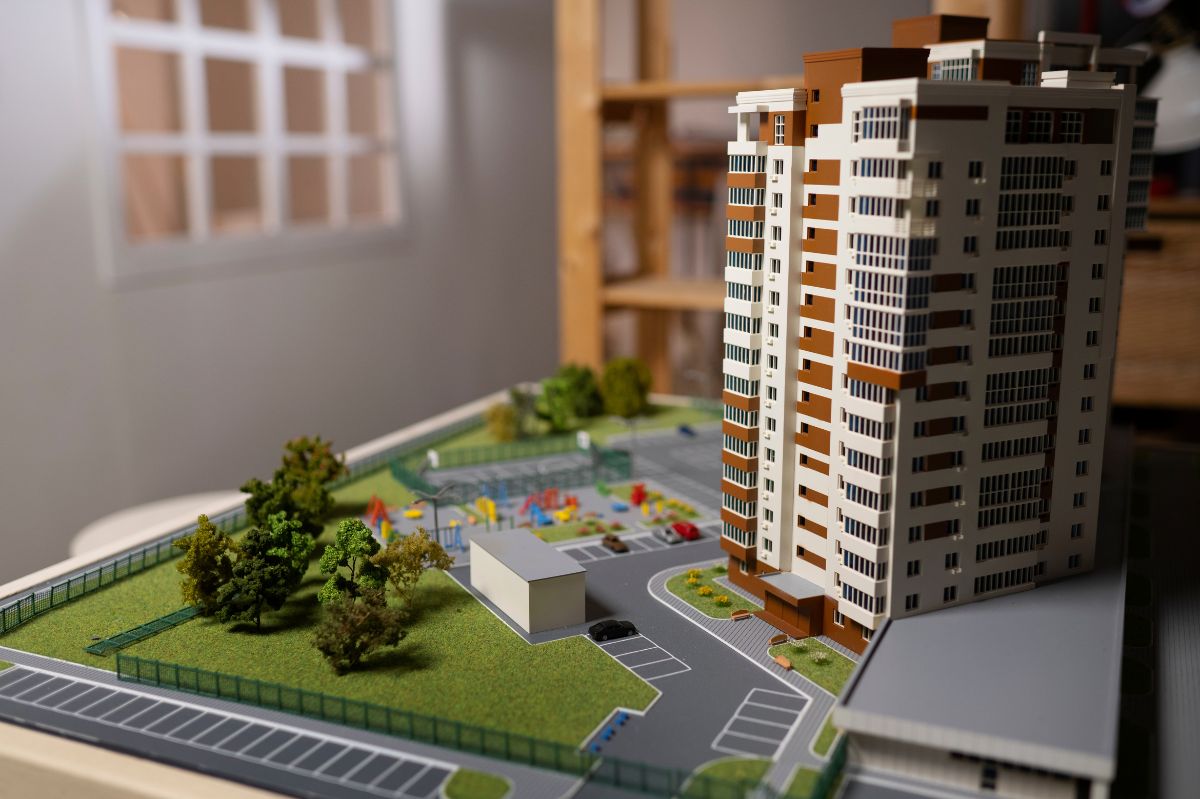Progress is fueled by innovation, and the real estate sector is no exception to this norm. The development of 3D printing technology over the last few years has completely changed how we build residential and commercial structures. This ground-breaking technology may improve conventional construction techniques in terms of effectiveness, affordability, and environmental friendliness. The effect of 3D printing on residential and commercial real estate and how it is transforming the future of construction will be discussed in this article.
Table of Contents
The Rise of 3D Printing in Real Estate
3D printing, which is sometimes also known as additive manufacturing, is a procedure where layering materials create three-dimensional objects on top of each other based on a digital model. This technology, once primarily associated with manufacturing small things, has now been adapted to tackle large-scale construction projects. As 3D printing continues to gain momentum the construction industry is experiencing a paradigm shift as 3D printing continues to gain momentum.
The ability to reduce building costs and time is one of the most important benefits of 3D printing in the real estate industry. Traditional buildings can be labor- and time-intensive, which can raise costs. However, 3D printing provides a quicker and more effective substitute. The technology automates construction, reducing the need for manual labor, accelerating project completion times, and lowering construction-related costs.
Transforming Architectural Design
The advent of 3D printing is also transforming the way architects approach their designs. With traditional construction methods, architects were often limited by the materials and techniques available, resulting in certain design restrictions. 3D printing, on the other hand, opens up a world of possibilities. The technology allows architects to experiment with intricate designs and complex structures previously deemed impractical or impossible.
Additionally, 3D modeling software enables architects to see and edit their designs more precisely. Before the construction process starts, they can work with engineers and other stakeholders to make the necessary revisions. By working together, it is less likely that costly design mistakes will occur, and the finished product will reflect the client’s vision.
Innovative Materials for Sustainable Construction
Sustainability is a crucial concern in modern construction practices. Fortunately, 3D printing offers a solution to this challenge as well. By utilizing innovative materials, such as recycled plastics, biodegradable polymers, and even construction waste, 3D printing promotes eco-friendly building practices.
Moreover, the technology itself generates less waste compared to traditional construction methods. With conventional construction, excess materials often end up in landfills. In contrast, 3D printing only uses the necessary material, reducing waste and lowering the project’s overall environmental impact.
Addressing Housing Shortages
Housing shortages are now a severe problem in many regions of the world. This issue may have a remedy thanks to 3D printing. The technology offers promise for tackling the affordable housing crisis because it can quickly build homes.
Notably, some businesses have printed complete homes in 3D in a couple of days. For example, the real estate market in Houston is home to the first 3D 2-story house in the US this last January. This is useful in disaster-stricken areas or locations with a pressing housing need. 3D printing techniques have the potential to significantly improve living conditions for millions of people worldwide by offering a rapid and affordable alternative to constructing dwellings.
Challenges and Limitations
While the potential of 3D printing in real estate is immense, it is essential to acknowledge the challenges and limitations of this technology. One significant hurdle is the cost of initial implementation. Investing in 3D printing equipment and workforce training requires a substantial upfront investment. However, it’s worth noting that as technology advances and becomes more widespread, these costs are likely to decrease.
Additionally, 3D printing is still a relatively new technology in the construction industry, and building regulations and codes may not fully accommodate this innovative approach. As a result, there might be some resistance to adopting 3D printing in certain regions.
Conclusion
A paradigm-shifting breakthrough that promises to revolutionize the construction sector is the rise of 3D printing in real estate. 3D printing has enormous potential for reducing construction costs and time while permitting creative architectural ideas, encouraging sustainable building methods, and alleviating the housing problem. We might anticipate a future where buildings are built more quickly, more affordably, and more creatively, ushering in a new era of real estate construction as technology continues to advance and acquire acceptance. Adopting 3D printing now will pave the way for a better and more sustainable future.
Also Read : How To Make Your Home More Secure







